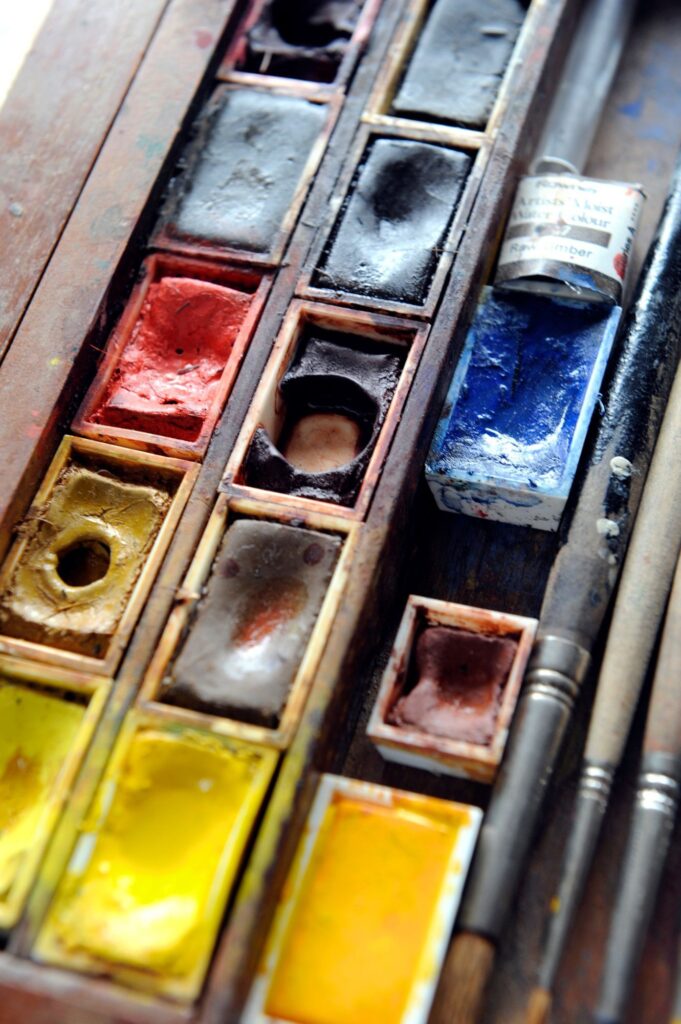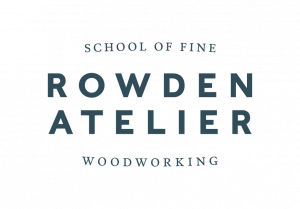I have already wittered on about two essential aspects, Proportion and Rhythm. I go on in later articles to talk about design and break it down into hopefully digestible bite-sized pieces. I will go on and talk about key aspects such as integrity, surface, workmanship, materials, economy, complexity and simplicity. At times in the coming articles, I will repeat myself. At times I will, I’m sure, only be able to introduce an aspect. An example of this would be the article on Proportion. I hope in that piece, I was able to introduce the subject and give the reader several signposts to conduct further research and study.
Finally, I hope that as I develop these papers that I will be able to support and convince you of my view that despite our age of uncertainty Art and Design are not matters of personal whim and fancy. This is not an issue of individual preference. In short, the chap who says ‘I know nothing about art, but I know what I like’, is encouraging us to accept his viewpoint and treat it with the same care as anybody else’s, he is, I am afraid speaking sadly from a position of ignorance, and should consequently be ignored. Instead, I would propose that there are underlying values, and structures, and forms, and emotional responses that are key and consistent to our culture and preceding cultures. Art is not a subjective free for all there are rules or if not rules then guidelines. If this were not so, how is it that we respond emotionally to an Etruscan vase or a piece of Ming pottery when we can have so very little in common with either of the people who created those pieces of pottery hundreds of years ago?

Despite the enormous pressure that has built as this century moves forward, to encourage constant change and newness, with innovative and sparkling new images, I believe that this constant innovation and reinvention is frequently more to do with marketing and fashion than it is to do with genuine innovation and creativity. Instead, I would propose that there is a constancy – what Jung referred to as “The collective unconsciousness” that feeds and fuels our creative judgements,… if only we allow it.
This is the concept of timelessness. This is the idea that for an object to withstand the test of time, it has to be fuelled by these emotions that are at the very root of our humanity. Have we not, for example, seen the same sunrise as our Etruscan potter, have we not both felt the same stillness on a summer morning and marvelled at the same beauty of a woman’s body. Creative minds throughout many millennia would have experienced the same emotions of loss, tenderness, love and joy, and it is these experiences and our ability to comprehend them that fuel our aesthetic judgement.
I have a daughter who is fast approaching her third birthday and can produce in a collage or abstract painting a compositional harmony that would challenge Miro or Kandinsky (I speak of course as a totally objective critic, not as a doting parent). Yet, she achieves this effortless grace and balance only because it is for her entirely unconscious. The placing of colours and shapes are instinctive and genuinely intuitive. There’s no concern here, no anxiety, no worrying about getting it right or wrong. It’s this child-like thought process that we need to adopt. It’s so ironic, but to advance and progress, to become more sophisticated and more in tune with the collective unconscious, we must regress, we must go back, we must become more in tune with the essential humanity as displayed in children. Those child-like qualities that are unknowing of fear or doubts are the qualities that take joy in play, in discovery, in all things new, in all things adventurous. (Am I getting on to the planet Zog here Paul!)
Those child-like qualities that are unknowing of fear or doubts, are the qualities that take joy in play, in discovery, in all things new, in all things adventurous.
So how do you make a start? How do you get these creative juices flowing and dribbling everywhere? Starting is frequently the most difficult thing. Making a beginning. It’s always a step – that sheet of paper is so challenging empty and white. It sits there saying, can you still do it; do you really have any ideas at all; you can’t hurt me; I’m pure and white, perfect; you can’t find anything better than me. But you can – take a pencil and damage it – then you’ve made a start. A friend of mine once said the most difficult thing about being an artist was taking the lids off the tins of paint in the morning. Ernest Hemingway would consciously overcome this psychological barrier by leaving a paragraph unfinished the previous night, so he had an easy way to begin his writing in the morning. Find the technique that suits your own way of starting. Sharpen three pencils, make one cup of coffee then start, anything but make a start. Once you’ve started, keep it rolling. Now you remember my little girl; you’re engaged in that fundamental creative process which is called play. Enjoy it. Have some fun. Get a smile on your face. You can’t make joyous furniture if you’re feeling miserable. Nobody wants to see your miserable furniture. If you have a particular problem, doodle your way around it. Let the brain run sideways. Make lots and lots and lots and lots of little drawings. It really doesn’t matter if what you do is a load of rhubarb. In fact, the more rhubarb that you can include at this stage, the better, for within that rhubarb there might be something quite exciting. Don’t be too critical, don’t stop yourself, don’t let the fear and the anxiety stop you. Draw in a series of what are called thumb-nail sketches. These can be really as small or as large as you feel comfortable with. I think I frequently do things two or three inches square and can fit 4 or 5 or 6 figures on a page. Try keeping a notebook. I find it useful to draw on lightly gridded paper, but the paper is bound in a notebook, and I never tear out the pages just because I had done a lousy drawing. These notebooks will be invaluable to you because lots of ideas will crop up that you can’t use right now but will be extremely useful to you in 5 or 10 years. Don’t worry at this stage about copying people or using other people’s ideas. Remember “originality is the art of concealing your sources.” so don’t worry about it. Just doodle and draw and keep the ideas flowing. Think of the creative process as fighting your way through a forest. You clear a central area – this is our existent knowledge – this is what we know about, but we proceed from that area of knowledge into the unknown – this is the forest, this is our path of discovery and each time we take up a pencil and draw we’re on a separate track from our safe knowledge into the unknown. Usually, we run up against a cliff somewhere and won’t be able to proceed. Linear thought will only serve us for so far into the jungle, and then we either have to go back or start thinking sideways and letting the 3-year old child within us take over.
